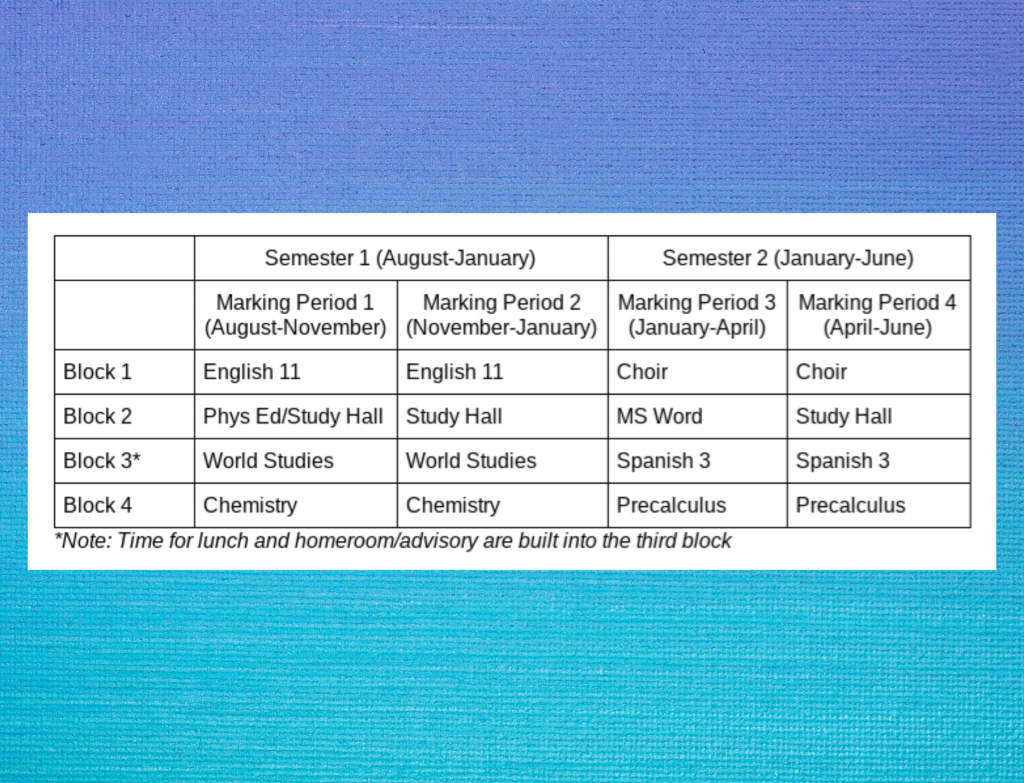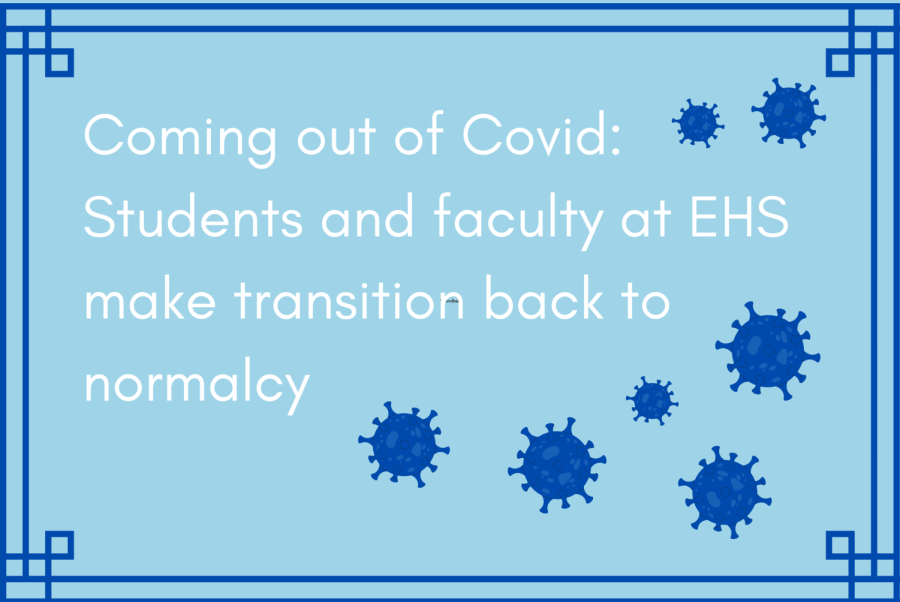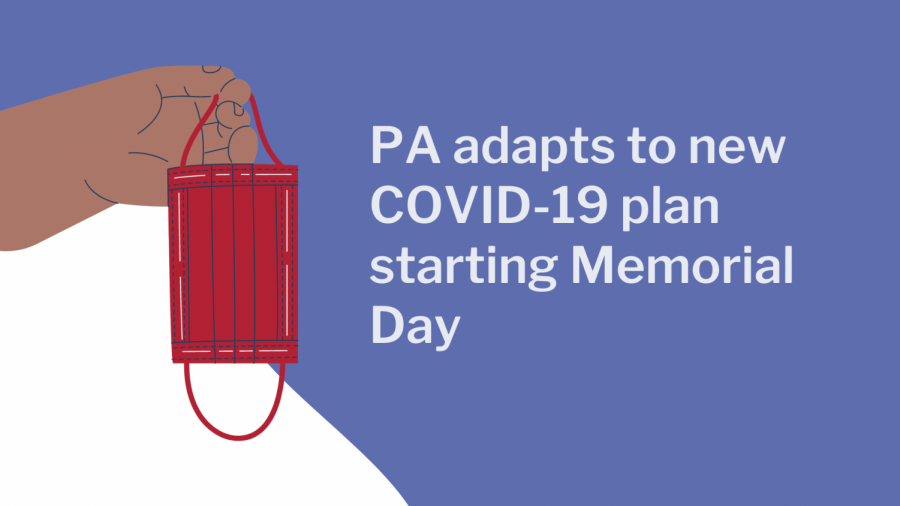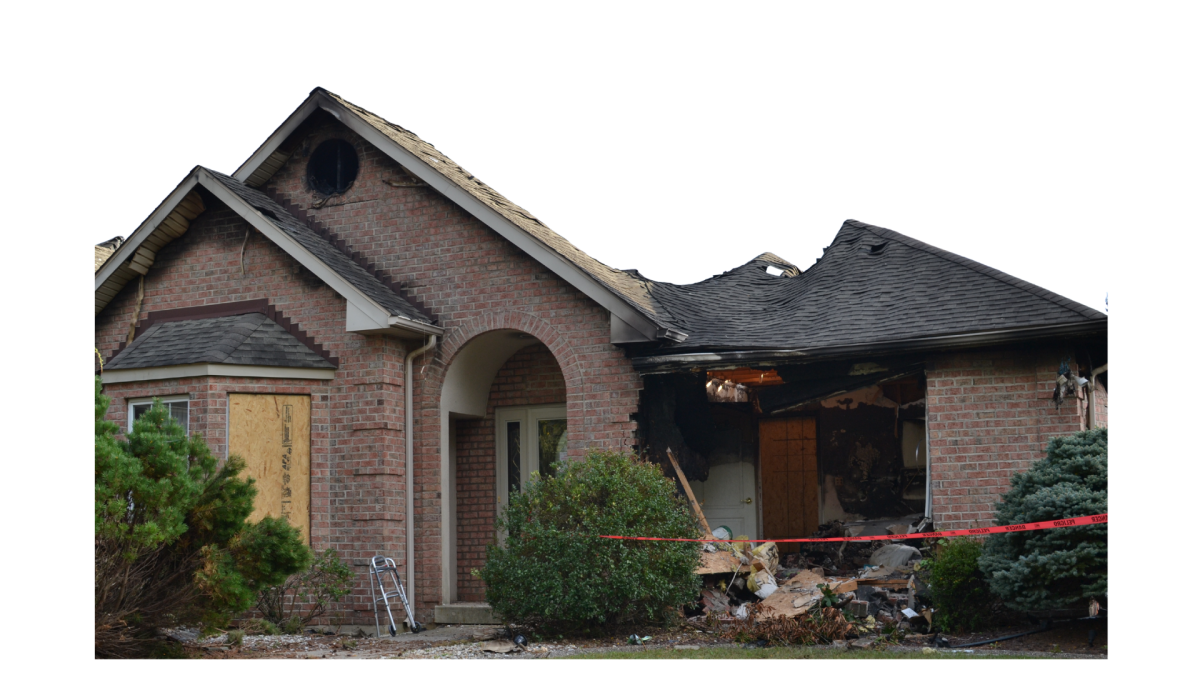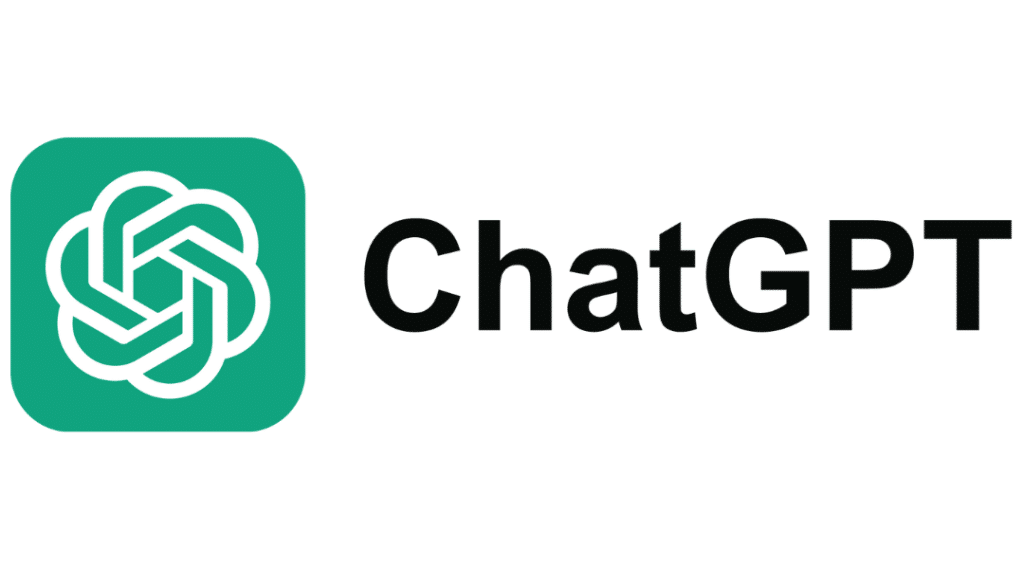The East Penn School District board voted in June to begin implementing a modified semester block schedule this coming fall, one year earlier than was initially planned.
The decision to transition from the standard nine period school day currently in place at Emmaus to block scheduling was based on the ‘Use of Time’ surveys distributed to parents, students, and faculty members in December of 2019. The survey results catalogued what these groups found most important in a school schedule, allowing the school board to prioritize certain necessities when revising the current schedule, which, aside from the switch from homeroom to flex block, hasn’t been altered in decades.
Moving forward with the schedule revision, the board focused on what would be best for the school community and its stakeholders — parents, students, and faculty. Professional staff members from all of Emmaus’ major departments, as well as members from other various departments, analyzed the data collected from the ‘Use of Time’ survey in order to create a schedule that would best meet the needs of East Penn.
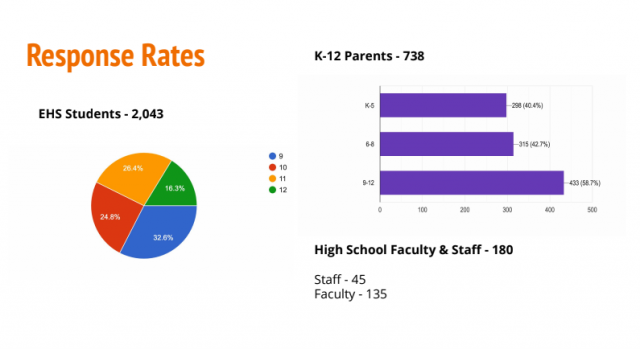
The board initially contemplated the potential of using a standard A/B block schedule but selected a modified semester block schedule instead. In a semester schedule, students will only attend a maximum of four periods a day, with a longer amount of time spent in each period. Classes worth one credit will run every day for one semester and 0.5 credit classes will run every day for only one marking period. Classes such as gym that are worth 0.25 credits will run every day for 4.5 weeks.
One major benefit of the semester block schedule is the extra emphasis and time it will allow teachers and students to put into their course material. English teacher Bridget Doklan, who has openly approved of block scheduling in the past, sees this as an important element to consider.
“I often see students overwhelmed with all of their coursework, having several tests or quizzes or project due dates in a single day,” Doklan says. “This schedule will ease that burden, since students will be able to focus on fewer classes each semester. I think that will allow them to be more successful and engage in more meaningful learning in their classes. Likewise, each semester, teachers will be able to focus on preparing for and teaching fewer course sections, as well as working with fewer students. That change will allow teachers to more effectively support students’ progress.”
Other advantages that can be gleaned from block scheduling are less transitional times between classes during the day, only three rather than eight, as well as the opportunity to implement more project-based learning in EHS’ curriculum. The Jasper Learning Initiative, an exclusively project-based learning program set to begin this fall, will especially be positively affected by the change to longer class periods. The administration hopes that block scheduling will also allow for more collaboration between students and an increase in hands-on labs.
EHS students have voiced numerous concerns with the transition to block scheduling, and the LCTI program is a big question mark for many, as, for some, it involves attending the high school for half the day and traveling to LCTI for the second half.
Dr. Ziad Munson, a member of the East Penn school board, assures LCTI students that their schedule was “explicitly” discussed and will not be negatively affected by this change.
“LCTI is always the first thing they think about with the schedule,” Munson says. “So they start by going to LCTI and saying, ‘Well, these are the constraints because of LCTI students.’ So, you know, the block times and so forth have been set so that LCTI students are going to be okay.”
Another concern that stakeholders have includes the effect this transition will have on AP classes and exams. Doklan, like many others, has concerns involving this issue, but hopes the school board’s revisions through the remainder of the summer will assuage these fears.
“…There will be a gap of time between the end of a fall course and the exam, and a spring course will have less instructional time before the exam — but it sounds like plans are underway to address those issues,” Doklan says. “…Ramp-up activities for spring courses and review sessions for fall courses … teaching a content-heavy AP course within a single semester may present more of a challenge than a skills-based class like AP Language and Composition.”
The issue of a potential decline in learning and information retention, as well as whether this switch has more to do with standardized test scores than anything else, have perhaps been the most prominent criticisms involving the transition to block scheduling. The school board has stated in response that scheduling appears to have a negligible effect on academic achievement and test scores overall.
However, the potential consequences of having classes split between two semesters is still a primary concern for many, including rising junior Ben Peterson.
“With the accelerated learning that some conjectures of this block scheduling have — being like where one course will only be a semester and then we’ll take another course during the next semester — that can cause students to forget their learned material from the semester prior to that,” Peterson says. “And this is especially problematic when you consider classes like foreign language classes or math classes where you need the continual recall of the course material so that it is not forgotten.”
The initial plan to transition to block scheduling, according to Munson, “was already being developed prior to the pandemic, and was implemented a year earlier than planned to address pandemic-related budget cuts.” The other potential benefits of block scheduling in the face of COVID-19, however, were not lost on the school district’s decision to move the plan up a year. The PA Department of Education has found that reducing the number of classes in a day lessens the risk of transmitting COVID-19. The amount of students and teachers who will potentially interact in a given day will decrease dramatically, along with unnecessary sharing of books and materials.
The board, in addition to this modified schedule, has also begun developing a system for students who would prefer to not fully return to session this fall. With the Lehigh Valley currently in the “Green” in terms of COVID guidelines, East Penn will return to face-to-face instruction. Any student who does not feel comfortable attending in person has the option of taking part in a remote learning program that, in a letter from EPSD’s superintendent Kristen Campbell, was described as much more “rigorous” than the program used following EHS’ closure early in the spring.
Peterson, who was one of many concerned about the potential negative effects exclusive remote learning could have on students’ social lives, emphasizes that face-to-face interaction between classmates is a necessity for many. This schedule, as of now, appears to have the ability to quell those fears.
“[Student communication] is a piece that encourages a student to attend school, because when they see the students that they care about, it helps them out,” Peterson says. “Some people need that social interaction.”
In the coming weeks, another survey will be sent out to parents to estimate how many students the administration can expect to be sent to school in the fall of 2020. Munson, in the meantime, encourages students to contact the board with any ideas, questions, or concerns they may have. However, he, along with Doklan and other board members, believes this transition will work out for the better.
Doklan especially looks forward to the potential opportunities that could come from this transition.
“I think the decision was made in the best interest of students and teachers, especially considering the challenges we’re facing as a result of [COVID-19],” Doklan says. “I realize there’s a lot of change and uncertainty right now, and on one hand, the new schedule adds to that, but mostly I’m looking forward to the opportunities it affords.”
Additional reporting by Vanessa Anders.


